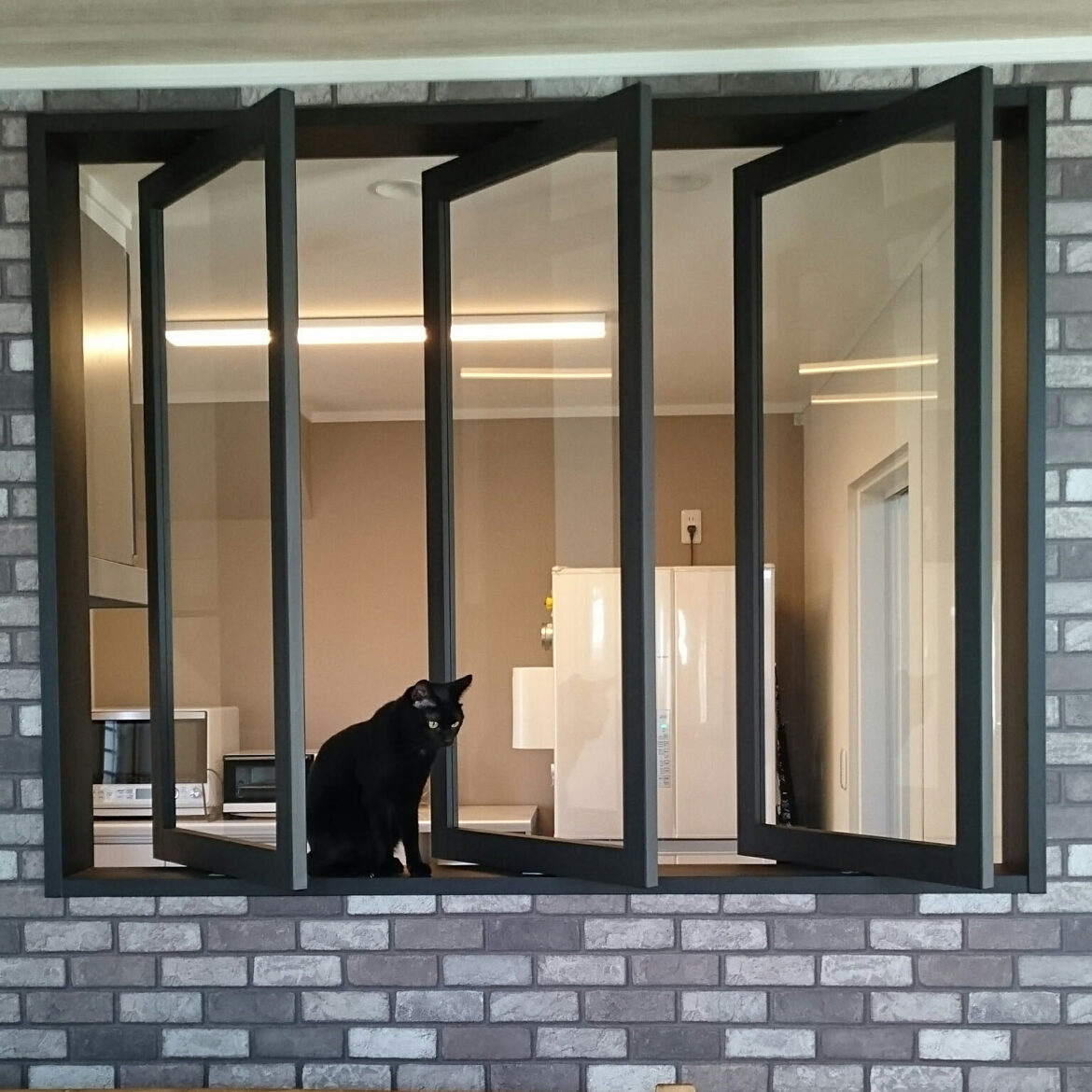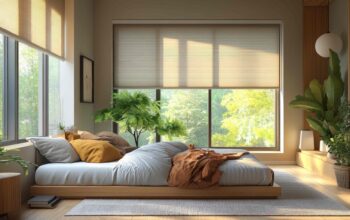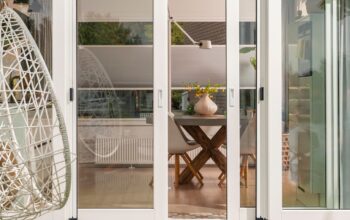Sometimes the smartest design choice is the simplest one. That’s exactly why sliding windows – also called gliders – remain a favourite for homeowners who want clean lines, easy operation, and a design that works anywhere from compact condos to sprawling family homes. In fact, window industry data shows that sliders account for over 65% of all residential window sales in North America, thanks to their affordability, durability, and space-saving design.
Unlike windows that crank outward or lift upward, sliders glide horizontally along a track. No complicated mechanisms, no fuss – just a smooth push or pull to let in light and air. And because they open without swinging in or out, they’re perfect in spots where space is tight, like near patios, walkways, or furniture.
What Makes a Sliding Window Special?
A sliding window is basically a double-hung turned on its side:
- Single slider: One sash moves, the other stays fixed.
- Double slider: Both sashes move toward the centre for more flexible airflow.
This simple design has two big perks:
- Durability: With fewer moving parts than crank styles, there’s less to break.
- Effortless views: Their wide, horizontal shape is perfect for framing gardens, yards, or skyline views.
Why Homeowners Choose Sliding Windows
1. Space efficiency
The sashes stay within the frame when you open them, so nothing gets in the way of foot traffic or outdoor furniture.
2. Low maintenance
No crank to jam, no complex hinges – just keep the tracks clean, and they’ll glide for years.
3. Easy operation
If lifting heavy sashes or turning cranks isn’t your thing, sliders are a one-hand, no-strain option. Saint-Gobain Glass notes that their smooth, horizontal glide also maximizes natural light and airflow while keeping sightlines wide and unobstructed.
4. Budget-friendly
They’re generally among the most affordable window types, offering a good mix of performance and value. According to Energy Window Solutions, modern sliders can also boost home value with sleek designs, while multi-point locks and reinforced frames enhance security.
Sliding vs. Other Window Styles
| Feature | Sliding | Casement | Double-Hung |
| Space Efficiency | Excellent – no projection | Poor – swings out | Excellent – stays in frame |
| Ventilation | Good – up to 50% open | Excellent – full opening | Good – up to 50% open |
| Airtightness | Good | Excellent | Good |
| View | Wide, but centre rail present | Completely unobstructed | Obstructed by horizontal rail |
Choosing the Right Sliding Window
- Check the track and rollers
Smooth operation comes from quality rollers (nylon or stainless steel) and a track that drains water and keeps debris out. - Pick the right frame
- Vinyl: Affordable, low-maintenance, and well-insulated.
- Fiberglass: Strong, durable, and warp-resistant.
- Aluminum: Slim and modern, but needs a thermal break in cold climates.
- Upgrade the glass
Double or triple-pane with argon gas and Low-E coating will boost efficiency and comfort.
Mistakes to Avoid
- Going cheap on quality: Low-grade rollers lead to sticky windows.
- Skipping maintenance: Dirty tracks cause jams and wear.
- Using in max-ventilation areas: Only half the window can open – not ideal for spaces needing full airflow.
- Poor installation: An uneven frame means drafts and leaks.
The Minimalist’s Window
Sliding windows are a natural match for modern, contemporary, and mid-century homes. Their clean horizontal lines suit minimalist architecture perfectly. And thanks to improvements in sealing, frame materials, and glazing, modern sliders are far more energy-efficient than the drafty versions of the past.
FAQ – Sliding Window Basics
1. How do I know if sliding windows will actually work in my space?
Think about where you want them. If you’ve got a patio, deck, or walkway right outside, sliders are perfect because they don’t swing in or out – they just glide within the frame. That means no bumping into furniture or blocking your view when you open them.
2. Are sliding windows really that easy to live with day-to-day?
Yes – and that’s one of their biggest perks. No stiff cranks or heavy lifting, just a smooth push with one hand. Keep the tracks clean, and they’ll keep sliding effortlessly for years. If you’ve ever wrestled with a window that just won’t budge, you’ll appreciate how low-maintenance these are.
3. What should I watch out for before choosing sliders?
Quality makes all the difference. Cheap rollers wear down quickly and turn “smooth glide” into “sticky struggle.” Go for sturdy nylon or stainless-steel rollers and durable frames, and you’ll avoid future headaches. And remember, since only half the window opens, they’re not the best choice for rooms where you want maximum airflow.
Conclusion
Sliding windows prove that simple doesn’t mean boring. They’re practical, stylish, and built for everyday use – whether framing a backyard sunset or letting in a summer breeze. Choose a quality model with modern efficiency features, and you’ll enjoy the benefits for years without sacrificing style.




